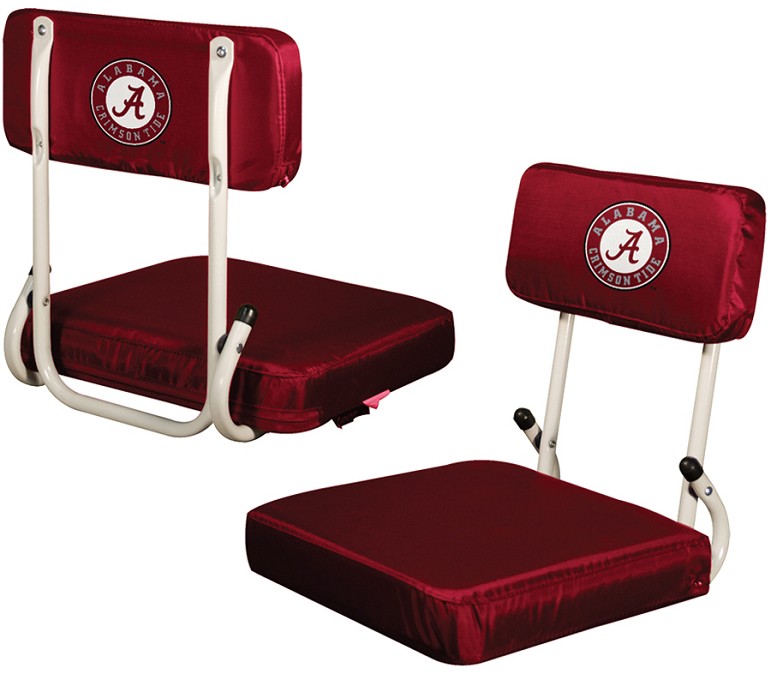Blog hits are a tricky goal when you don't promote or organize a following. I am thankful for the 245,000 or so visits readers have made. I often think that ending this run is the appropriate thing to do, but then I go back and read some of the misspelled or grammatically incorrect text with lost leading ideas melting into something different than what it started. These are usually posts from 2012 through 2015. I will always have something to read as a living history of aviation's renaissance.
I tried to quit in January 2017 as sometimes I irritate those who are in my company, but fail to acknowledge their presence in the room. I'm possessed by aviation and I know it. The assignment was everything Boeing and not the DDG1000 Zumwalt or the F-35 but **it takes over when something is intriguing arises such a an inverted F-35 firing a missile. Boeing must wait until tomorrow for further Winging It patronizing. However, the original assignment must end, because I too have a shelf life and its rapidly coming to a point where a regular contribution becomes a secondary pursuit for when time becomes so short. A break will come forward as some unfinished Winging It business wraps up. I have charts and tracking that I would like to share and will limit contributions to Winging It leading in with those same charts and tracking just mentioned.
The original goal was to preserve my brain function after a massive heart attack in 2011. I started the blog shortly afterwards for mental therapy regimen having an anoxic brain injury in 2011, and it started before 2012. It will be six years this fall since I started, and its a good time to wind down and rejoin the family function without aviation wings hovering over my attention.
Expect fewer posts and more charts in the mix as a transition is taking place. I hope to greet 250,000 guests to the Aviation Renaissance. It will complete me, if this occurs. This goal should happen by the end of September if all keep reading the blog. Please do so as I reach a final approach and land at least near an airport.





